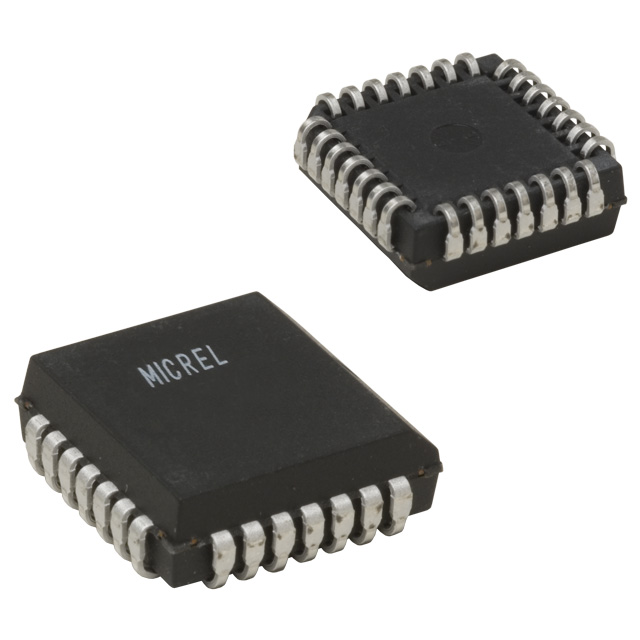SY100E241JZ TR
Manufacturer No:
SY100E241JZ TR
Manufacturer:
Description:
IC REGISTER 8BIT SCAN 28-PLCC
Datasheet:
Delivery:





Payment:




In Stock : 0
Please send RFQ , we will respond immediately.









SY100E241JZ TR Specifications
-
TypeParameter
-
Supplier Device Package28-PLCC (11.48x11.48)
-
Package / Case28-LCC (J-Lead)
-
Mounting TypeSurface Mount
-
Operating Temperature0°C ~ 85°C
-
Voltage - Supply4.2V ~ 5.5V
-
FunctionUniversal
-
Number of Bits per Element8
-
Number of Elements1
-
Output TypePush-Pull
-
Logic TypeShift Register
-
PackagingTape & Reel (TR)
-
Product StatusObsolete
-
Series100E
The SY100E241JZ TR is a differential 9-bit single-ended to differential ECL/PECL translator integrated circuit chip. Some of its advantages and application scenarios are:Advantages: 1. High-speed operation: It operates at very high speeds, making it suitable for applications that require fast data transfer. 2. Single-ended to differential translation: It can convert single-ended signals to differential signals and vice versa, allowing easy interface between single-ended and differential systems. 3. Wide voltage swings: It has a wide operating voltage range, which makes it compatible with various logic families and voltage levels. 4. Low power consumption: It is designed to consume minimal power, making it suitable for portable or low-power devices. 5. ECL/PECL compatibility: It supports both ECL (Emitter-Coupled Logic) and PECL (Positive Emitter-Coupled Logic) standards, making it adaptable to different signal types.Application scenarios: 1. Data communication systems: It can be used in high-speed data communication systems, such as Ethernet or fiber optic networks, to convert single-ended signals from the input to differential signals for transmission. 2. Interface circuits: It can be used in interface circuits to convert signals between different logic families or voltage levels, enabling compatibility between different types of devices. 3. Clock distribution: It can be used in clock distribution circuits to provide differential clock signals for high-speed digital systems. 4. Signal conditioning: It can be used to condition or buffer signals in various applications where single-ended to differential conversion is necessary, such as in test and measurement equipment or industrial control systems.It's important to note that while these advantages and application scenarios are generally applicable, the specific use cases may vary depending on the system requirements and design considerations.
SY100E241JZ TR Relevant information







